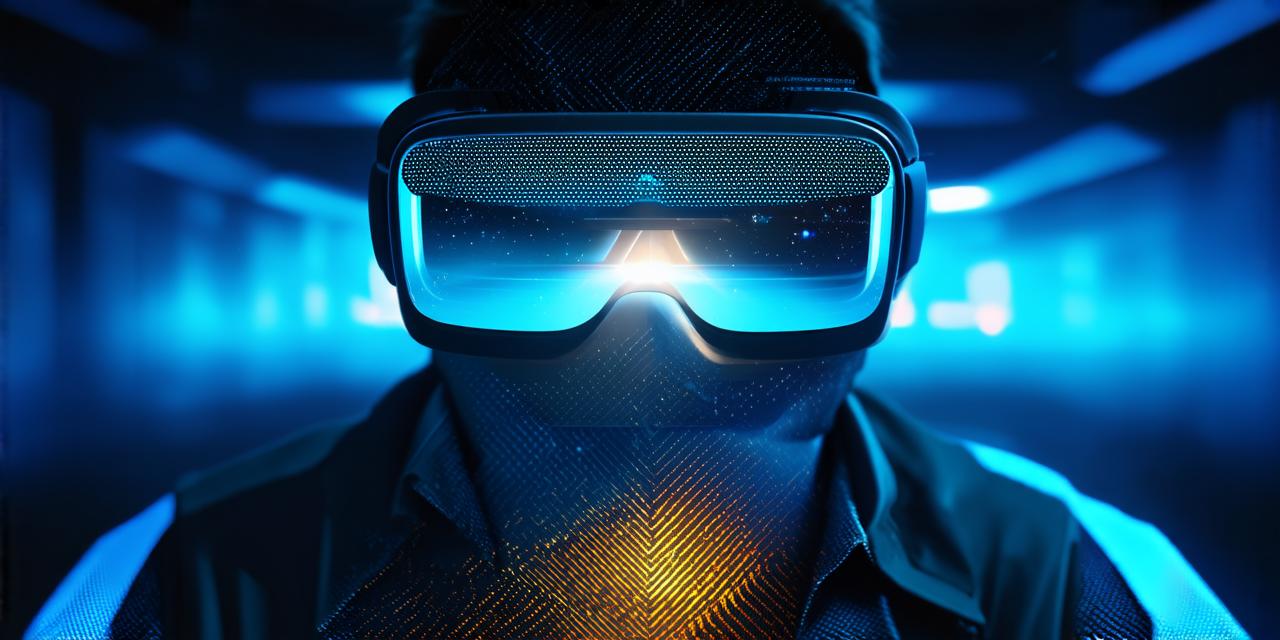Virtual reality (VR) technology has been around for several decades, but it’s only in recent years that we have seen significant advancements in the field. With the rise of powerful computers and high-speed internet connections, VR is becoming more accessible to consumers and businesses alike.
In this article, we will explore whether virtual reality technology is on the verge of becoming mainstream and how it’s being used in various industries.
One of the most significant indicators that VR technology is gaining traction is the increasing number of companies investing in the development of VR products and services. For example, in 2018, over $5 billion was invested in VR, with a projected growth rate of 43% by 2023.
This investment is driving innovation and making it possible to create more immersive and interactive experiences for users.
One area where VR technology is already becoming mainstream is in the gaming industry. With the launch of powerful gaming consoles like the Oculus Quest 2, gamers are now able to experience games in a whole new way.
Instead of being confined to a traditional gaming screen, they can immerse themselves in a virtual world and interact with characters and objects in real-time. This has led to a surge in demand for VR gaming hardware and software, with companies like Sony and Microsoft also investing heavily in this area.
Another industry where VR technology is making waves is in the healthcare sector. Virtual reality simulations can be used to train medical professionals in a safe and controlled environment, allowing them to practice procedures without risking patient safety.
For example, surgeons can use VR simulations to practice complex surgeries before performing them on actual patients. This has the potential to significantly reduce the number of complications during surgical procedures and improve patient outcomes.
Virtual reality is also being used in the education sector to enhance learning experiences for students. With VR simulations, students can explore historical events, scientific concepts, and even language learning in a more engaging way
This technology has the potential to make learning more accessible and enjoyable, which could lead to better retention and academic achievement.
While virtual reality technology is making great strides in various industries, there are still some challenges that need to be addressed before it becomes mainstream. One of the biggest challenges is the cost of VR hardware and software.
While prices have come down significantly in recent years, they are still relatively high for the average consumer. Additionally, motion sickness is a common issue for some users, which can limit their willingness to use VR technology.
Despite these challenges, it’s clear that virtual reality technology is on the verge of becoming mainstream. As more companies invest in VR development and we see more innovative applications of this technology, we can expect to see widespread adoption in various industries.
Whether you’re a gamer, healthcare professional, or student, there’s no doubt that virtual reality technology will continue to change the way we interact with the world around us.
Virtual reality technology has also found a place in the entertainment industry. With VR headsets, users can experience movies and TV shows in a completely immersive environment. This technology has the potential to revolutionize the way people consume media and could lead to new revenue streams for content creators.
Virtual reality is also being used in the travel industry to provide virtual tours of destinations around the world. With VR, users can experience the sights and sounds of a place without actually having to be there. This technology has the potential to make travel more accessible and affordable, allowing people to explore new places without the need for expensive plane tickets or hotel rooms.
Virtual reality is also being used in the real estate industry to provide virtual tours of properties for sale or rent. With VR, users can experience a property as if they were actually there, which could lead to more accurate and informed decisions when it comes to buying or renting a property.
Another area where VR technology is making waves is in the automotive industry. Virtual reality simulations are being used to design and test new cars, allowing companies to make changes and improvements before they hit the market. This has the potential to reduce development costs and improve safety features for consumers.
In conclusion, virtual reality technology is on the verge of becoming mainstream in various industries. From gaming and healthcare to education and entertainment, VR technology has the potential to revolutionize the way we interact with the world around us. While there are still challenges that need to be addressed before VR becomes widely adopted, the investment in VR development and innovative applications of this technology suggest that it will become an integral part of our daily lives in the not-too-distant future.
